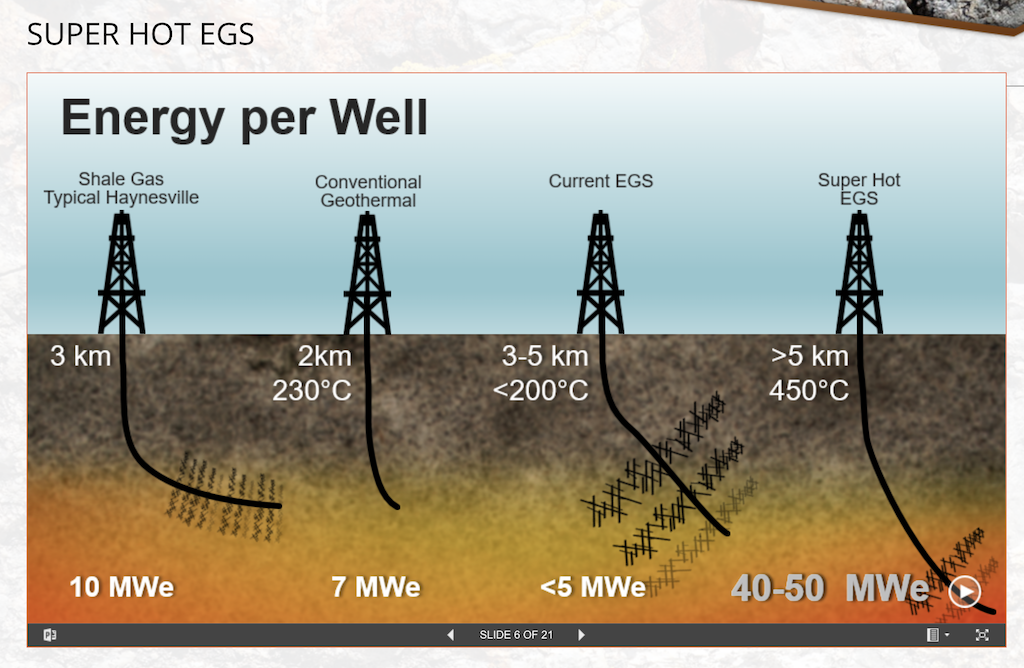Aaron Mandell of AltaRock Energy on scaling up geothermal and the future of EGS
Scaling up geothermal energy development with EGS, specifically Super Hot EGS as described by Aaron Mandell of AltaRock Energy is key to the future.
Connecting with AltaRock Energy in conjunction with the recently held GRC Annual Meeting, we spoke with Aaron H. Mandell, co-founder and CEO to learn more on the current status of EGS.
In our discussions, he described that there are really a few key elements that he and his company see as absolutely critical to deploying deep geothermal at scale.
“The first, and arguably most important, is technology. EGS has been around for decades, but thus far has not made sufficient impact (and has taken a back seat to other renewables, like wind and solar). To change this, better technology is needed to further improve the performance, reduce the cost and broaden the geography where it can be deployed. Altarock has historically (since 2008 when we founded the company) focused on EGS reservoir engineering and developing materials to divert fluids to stimulate rock at elevated temperatures. We’ve now proven this in the field and are moving it into commercial projects, which has been the basis of our company engaging on two specific projects in the U.S.
However, this technology is necessary and not sufficient. To be competitive in today’s power market, with the rapid decline in the cost of solar energy and emerging storage technologies, we need to advance EGS further. To do this, we see two key areas where a small, innovative company can make a leveraged (10X) impact.
The first is increasing the capacity of a single EGS production well from ~5MWe to 50MWe. To do this you need much more heat and we get it by raising the temperature of the EGS reservoir > 400 C where you produce a supercritical working fluid (see attached paper). This is in contrast to traditional EGS systems that operate in the 200-300 C temperance range. This substantial increase in power output results in a much lower cost of electricity, below $0.05/kwh. At this cost target, we think geothermal will be quite competitive with solar plus storage (even with the most aggressive estimates for the declining cost of storage).
The second is deep drilling and developing technology that has a much lower cost profile at depth. Conventional drilling, using (mechanical) rotary bits, is mature / cost effective for drilling several kilometres, but at very high temperatures and in hard rock the cost is prohibitive for deploying EGS at scale. Our goal is to overcome this by transitioning to directed-energy drilling to increase rates of rock penetration by 10X (see paper). This approach uses an energy source to remove rock and increase the depths that can practically be reached to > 20km, which has a substantial impact on reducing the cost of drilling for deep geothermal. If we are successful, it will mean that geothermal resources can be accessed in any country in the world, at temperatures that will produce electric power at rates competitive to fossil fuels.
A great overview on how AltaRock Energy sees the future of “Super Hot EGS”, see the presentation on its website, here: http://altarockenergy.com/super-hot-egs/


















